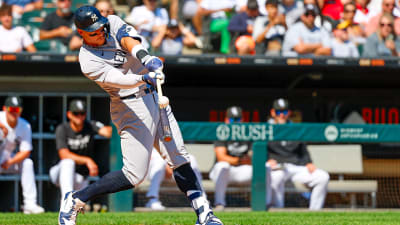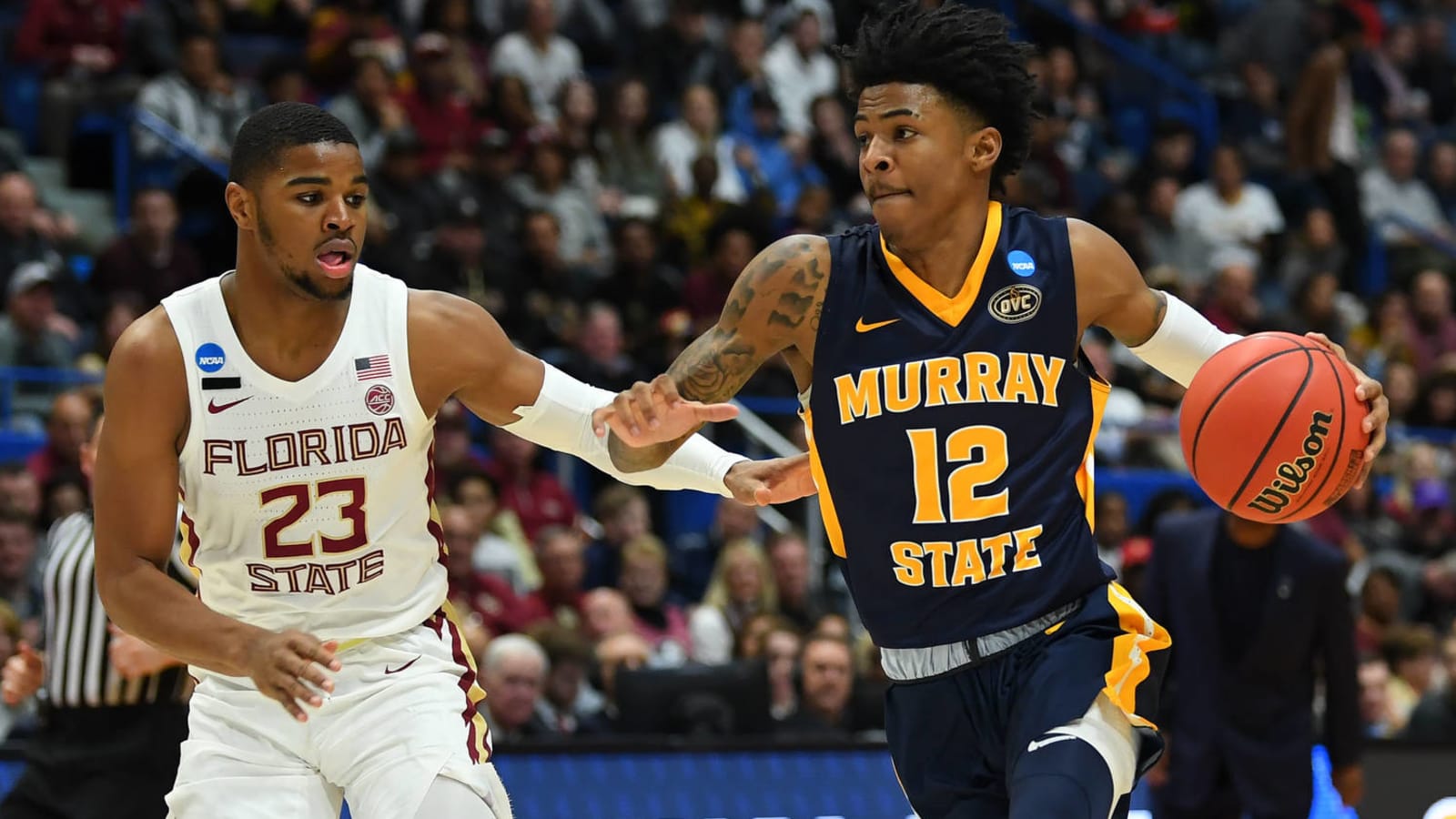
Analyzing Murray State's Ja Morant, the No. 2 NBA Draft prospect
Yardbarker NBA draft analyst Brett Koremenos offers in-depth assessments of the top-five prospects leading into the draft on June 20. Here's his analysis of Murray State's Ja Morant, Yardbarker's No. 2 draft prospect.
All prospect reports: No. 1: Zion Williamson | No. 2: Ja Morant | No. 3 Darius Garland | No. 4 De'Andre Hunter | No. 5 Jaxson Hayes | More NBA Draft coverage
DRAFT NIGHT AGE: 19
HEIGHT: 6-3 | WEIGHT: 175 | WINGSPAN: 6-7
2018-19 RAW NUMBERS (totals per game)
GP | MIN | PTS | REB | STL | AST | TO
33 36.6 24.5 5.7 1.8 10.0 5.2
His game
At the start of 2018, Morant was in the middle of a nondescript freshman season. Fast forward 18 months and Morant’s name appears near the top of every draft board. This is a development that few, if any, saw coming.
It’s hard to pinpoint exactly one thing that has fueled Morant’s rise. He is about as well rounded an NCAA prospect in recent memory. That doesn’t mean Morant is a polished product. He's far from it, actually, as there are many areas he must fine-tune.
Perhaps the best starting point when diving into Morant’s game is his incredible feel for what is arguably the toughest job of any primary ballhandler: the score-pass balance. Morant averaged an impressive 24.5 points last season. Yet despite the gaudy scoring totals, Morant arguably trends more toward passer than scorer.
During the 2018-19 season, Morant posted an assist percentage -- the number of made field goals he assisted while on the floor -- of 51.8 percent. That number can seem murky without context, but throw in a dash of perspective and you see the rarity of the accomplishment. Since the database College Sports Reference started tracking the stat in 2009, Morant is one of just four players who has recorded an assist percentage over 50 during a season.
Unfortunately for Morant, that list isn’t predictive of success. The other three players joining him -- Kay Felder, Kris Dunn and Jason Brickman -- aren’t exactly NBA royalty (though Dunn was a high lottery pick). That doesn’t mean, however, it isn’t a clear sign that Morant possesses a deft ability to create shots for teammates.
The scary part about Morant’s passing in general is that it can still get better. NBA players Chris Paul and Rajon Rondo operate more like chess masters than point guards, moving pieces around the court until a passing lane opens up. Morant is more of an instinctive, reactive passer than he is a puppet master pulling the strings of defenses. It’s important to remember in this context that Morant will only be 19 on draft night. In time, there’s a good chance his raw feel for play-making will combine with a master’s degree in NBA defensive schemes to result in one of the league’s most feared passers.
When it comes to scoring skills, Morant has more work to do. He improved his three-point shooting during his sophomore season (36.3 percent in 2018-19, up from 30.7 his freshman year) despite also increasing attempts. In general, the foundation for a respectable outside shot is there.
Despite his slight frame, Morant won't be reliant on his jumper. He combines a shifty style with sneaky athleticism to produce plenty of forays to the rim. Overall, Morant has the basic tools necessary to be a threat at all three scoring levels -- three, mid-range and around the basket -- in the NBA.
Morant must improve on his finishing near the basket. He also must shore up his mid-range game and off-the-dribble shooting. Again, these areas aren’t total disasters, but Morant will see middling results in the NBA if he doesn’t improve there.
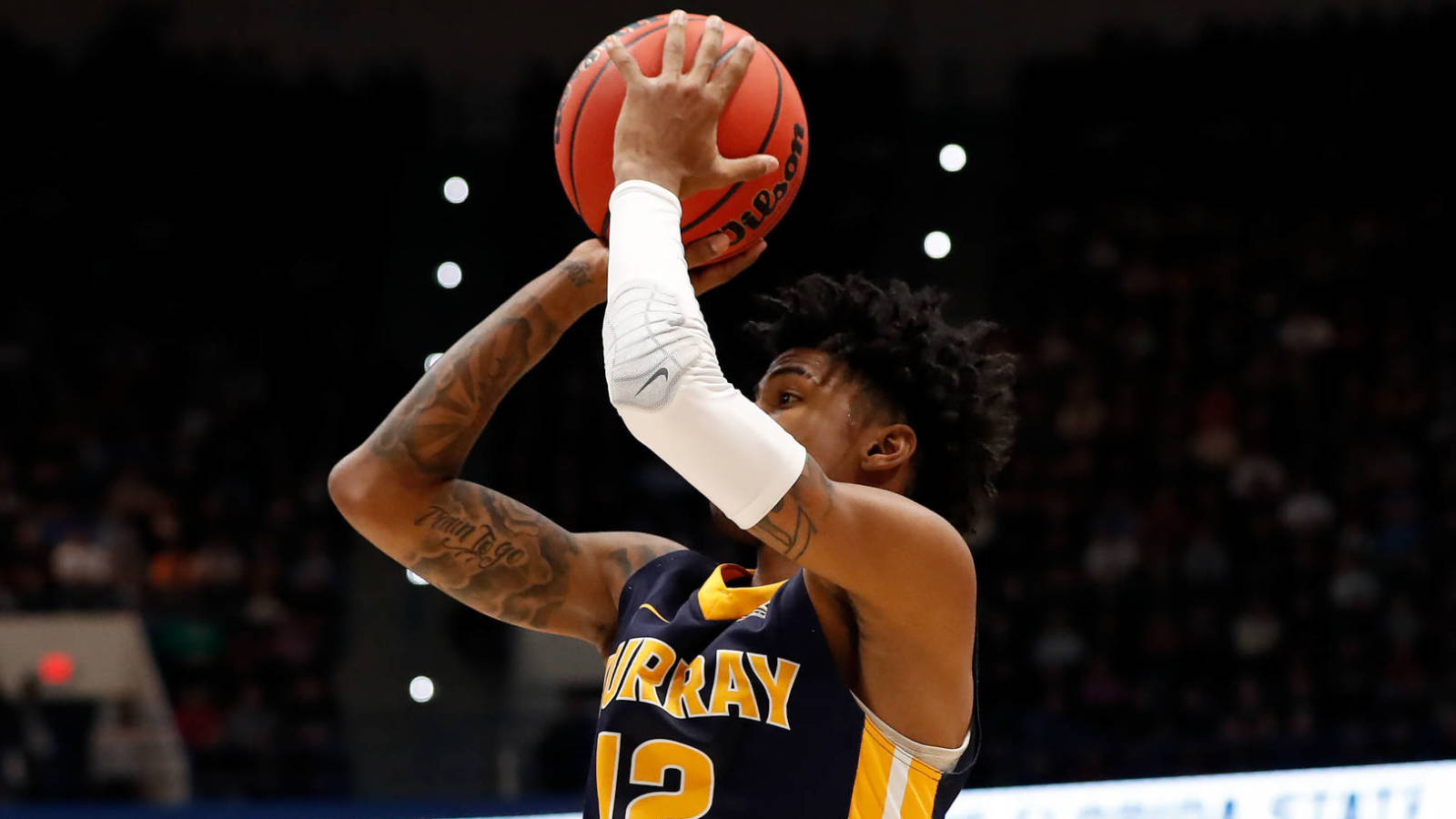
.Number that matters: 0.656
Despite the black mark that has been put on them by the analytics community, mid-range shots can still be a key part of an NBA player’s scoring arsenal. Due to deficits in size or athleticism, players can use mid-range shots (or even just the threat of making them) to punish defenses. That’s what makes Morant’s 0.656 points per possession on floaters and runners -- the non-jump shot, no-layup shots in the mid paint -- slightly concerning.
Morant will operate in thousands of pick-and-rolls over his career. That action, a tactical staple in the NBA, often results in point guards being pushed into spots on the floor where the return on investment on shots won’t sink a defense. Those spots are typically between five and 15 feet from the basket. Those runners and floaters that Morant produced such a poor mark on in his 2018-19 season at Murray State tend to be the ones that 6-foot-3 point guards with wiry frames take quite often in NBA pick-and-rolls.
Without putting an emphasis on improving such shots, Morant will leave gaps in his production while also leaving himself exposed as competition tightens in the playoffs -- that's where the team drafting Morant hopes he leads it to consistently.
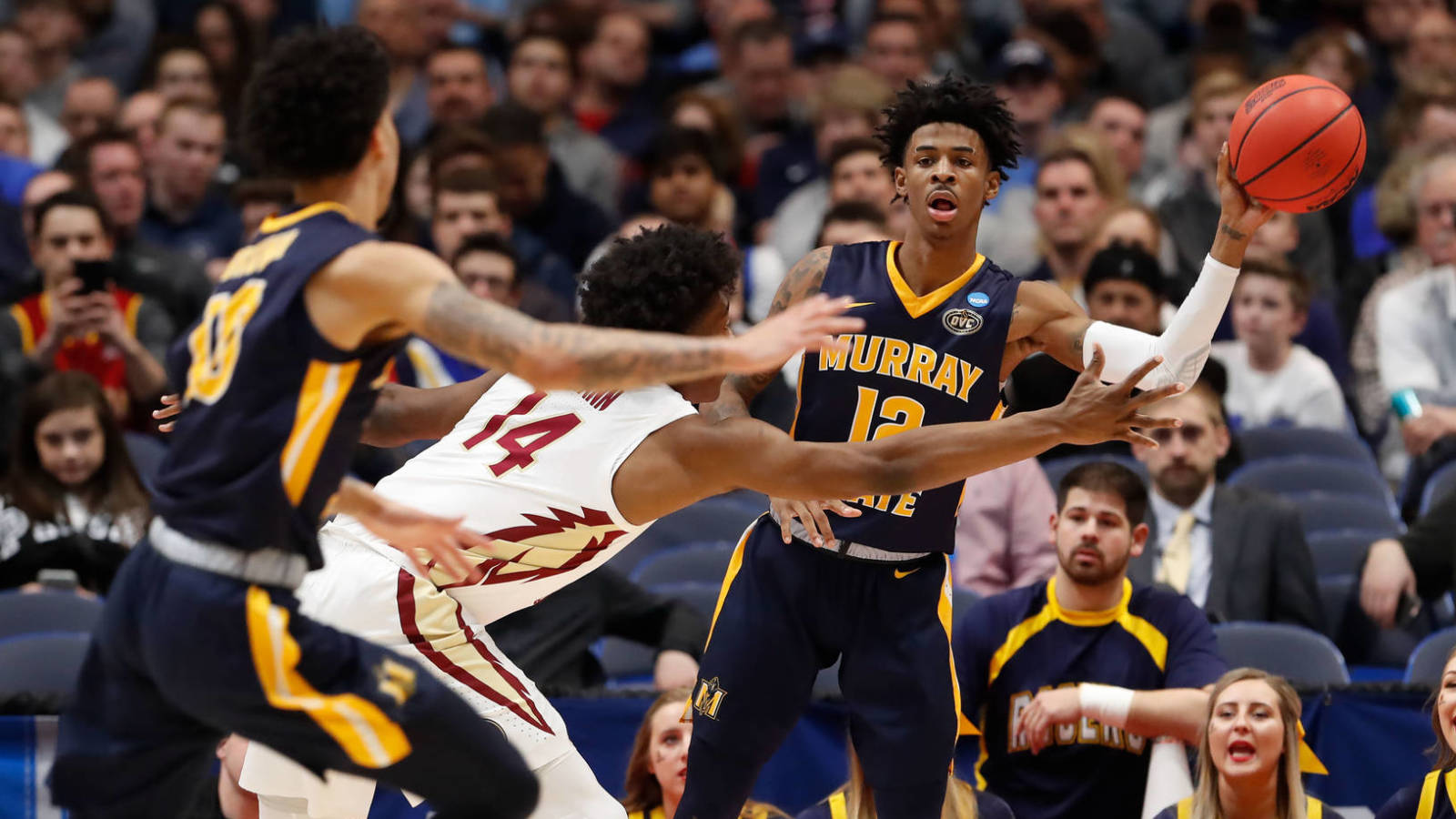
Number to ignore: 5.2
For players tasked with a huge creative burdens, turnovers often come with the territory. Morant is no exception. That’s why even though his 5.2 turnovers per game last season seem like an indicator of sloppy play, it’s important not to rush to conclusions.
College basketball games are 40 minutes. Morant played 36.6 of those minutes per game last season with the fate of the offense mostly in his hands. Given the outsized talent disparity between Morant and his teammates, the Racers couldn’t afford to not let their precocious star have a hand in nearly every possession.
That talent gap also reared its ugly head in other ways. Only two players on Murray State shot better than 34 percent from three in 2018-19. One of them was Morant. Passing lanes and generally larger operating spaces were sorely lacking because of the middling talent around Morant. At the NBA level, these problems should be cleaned up. So should any concerns over Morant’s outsized turnovers-per-game number.
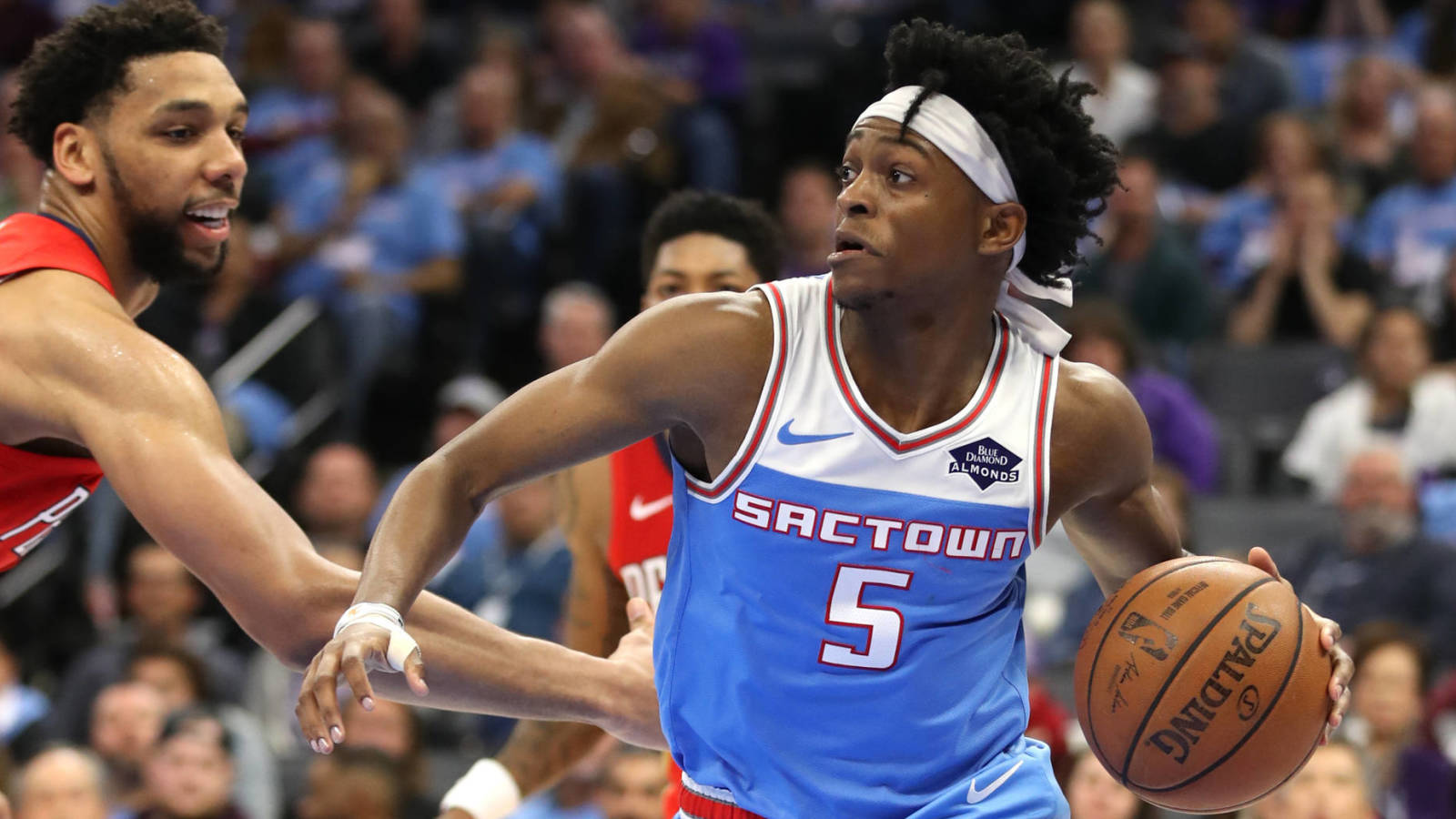
His comps: De'Aaron Fox
At the same listed height (6-foot-3), listed weight (175 pounds) and roughly the same wingspan (6-foot-6), Fox and Morant are almost athletic twins.
A key factor in the Sacramento Kings' surprising playoff flirtation this past year was the influence of Fox. With his speed, athleticism and blend of passing and scoring, Fox looks set to take Sacramento out of the Western Conference’s basement. In sports, you often hear the vague descriptor of “winner” attached to a player whose presence always seems attached to success. Fox is worthy of such a label.
During the 2018-19 season, Fox had the second-best plus/minus (which tracks the scoring margins of when certain players are either sitting out or playing) on the Kings' roster. Overall, the Kings outscored opponents by 1.3 points per 48 minutes (the length of an NBA game) when Fox was on the floor. When he sat, Sacramento was outscored by 5.5 points per 48. That’s means the presence of Fox was, in a simplistic sense, worth nearly seven points per game, essentially keeping the Kings from once again being one of the league’s worst teams.
It’s easy to see Morant having this same effect at the NBA level. Thanks to Morant, the Racers went 54-11 in his two seasons and upset Marquette in the NCAA Tournament. If Morant were at Duke or Kentucky, where there is elite talent, it would be hard to dissect Morant’s effect. At Murray State, it’s a different story. Given the forgettable level of talent on the roster around him, it’s fairly obvious that Morant’s game -- like Fox’s in Sacramento -- has an uplifting effect.
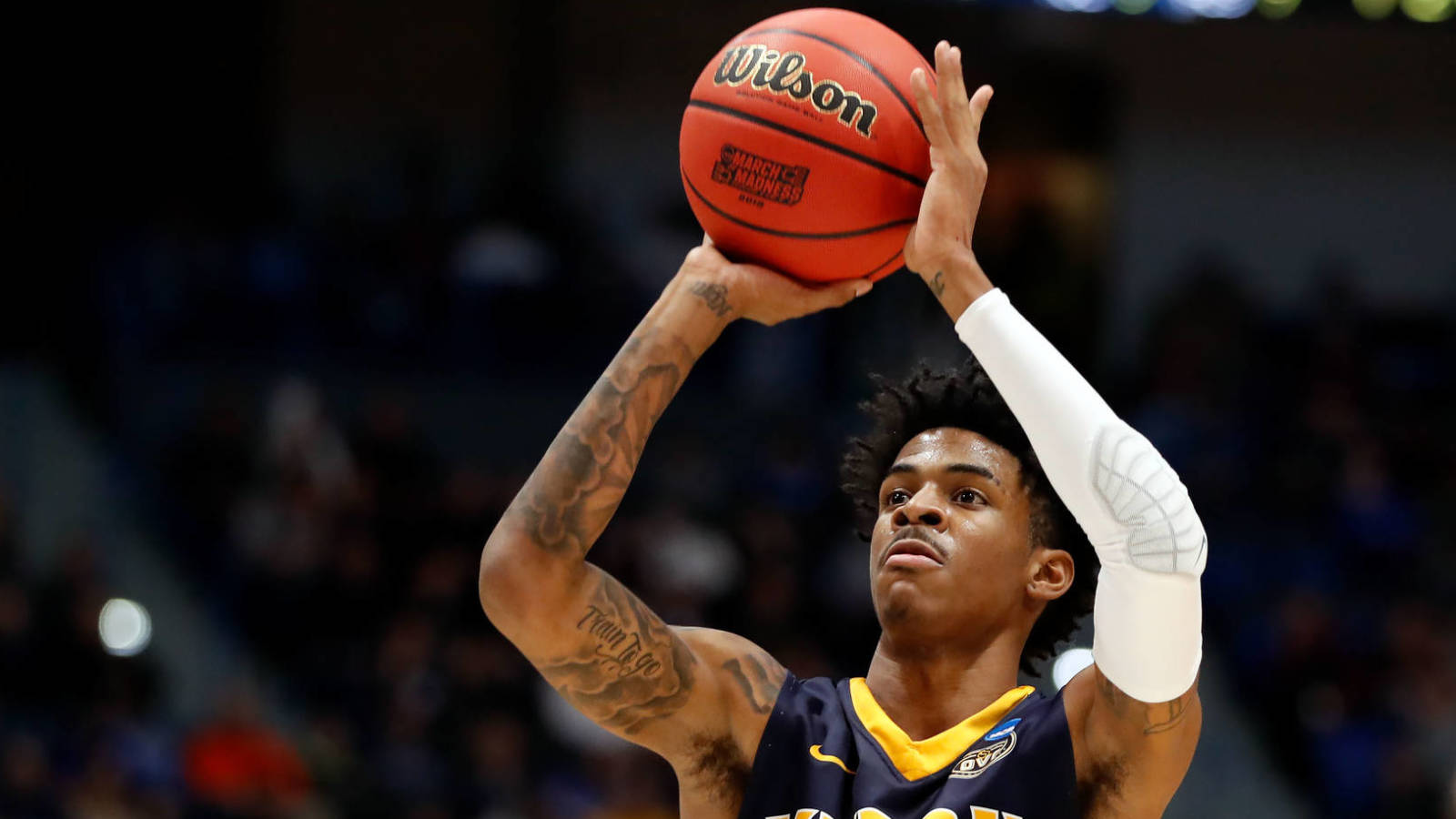
Building a skill set
Morant’s passing will cover up a lot of scoring shortcomings. But for his game to rise to an elite level in the NBA, he must improve his jumper, especially off the dribble.
Morant must also get stronger. He’s a good athlete and moves well, but for the first few years, Morant’s frame will leave him open to being muscled off driving lanes and overpowered on defense. It’s not so much that Morant needs to bulk up like the Hulk -- like Steve Nash, he must become more stable from his core out.
Best-case scenario
The jumper continues to come along and his body develops. The elite passing instincts are refined and the in-between shots -- floaters and runners -- become layups. If all that comes to fruition, Morant could find himself in MVP debates.
Worst-case scenario
The jumper never morphs into something defenses respect. The resulting fallout -- defenses daring him to shoot off the catch and off the dribble -- has a trickle-down effect on the rest of his game. Driving lanes close off and help defenders stick to open teammates while offenses generally stagnate during Morant’s minutes. The floor for this is still probably somewhere along the lines of “capable backup” but not much higher than that.
More must-reads:
- Analyzing Vanderbilt's Darius Garland, the No. 3 NBA Draft prospect
- Comparable to Kawhi? Analyzing Virginia's De'Andre Hunter
- The 'RB's with an NFL rushing TD in 2024-25' quiz
Breaking News
Trending News
Customize Your Newsletter
 +
+
Get the latest news and rumors, customized to your favorite sports and teams. Emailed daily. Always free!
